Disclaimer: This is not my area of expertise. Your question made me do some research.

simulate this circuit – Schematic created using CircuitLab
Figure 1. (a) DAB - Delta with A and B on first phase. (b) DAC - Delta with A and C on first phase. Note that the DAB wye phase to phase voltages lag the primary whereas the DAC voltages lead.
Will this cause a difference in phase sequence?
The phasor diagrams show that the sequence is still red, yellow, blue but that (with anti-clockwise rotation) DAC's secondaries lag the primary by 30° and DAB's lead by 30°. The difference between DAB and DAC is 60°.
Whether all this makes a difference depends on how the secondaries are wired together and if, for example, they are connected to Va, Vb and Vc as they can be on some poly-phase systems. See 30° phase shift for an example.
Further reading suggests that knowing whether its DAB or DAC is very important for certain fault detection circuits such as that shown in Figure 10 of Basler Electric's Transformer Protection Application Guide.

Incorrect selection of DAB vs. DAC compensation is a common source of trouble during
the commissioning stage and, on lightly loaded
transformers, can be a source of misoperations
seen long after initial startup.
These two methods to connect a delta have very
large effects on which phases on the delta side
see current during a wye side fault. For example,
examine the wye side faults seen in Fig. 10. Note
that, for the DAB delta, the wye side A phase to
ground fault creates current in the lines A and B
on the delta side, but for a DAC delta, the wye
side A phase to ground fault creates currents in
lines A and C on the delta side.
There is plenty more in the paper that may be of interest.
Further reading: Powerstar Inc.


